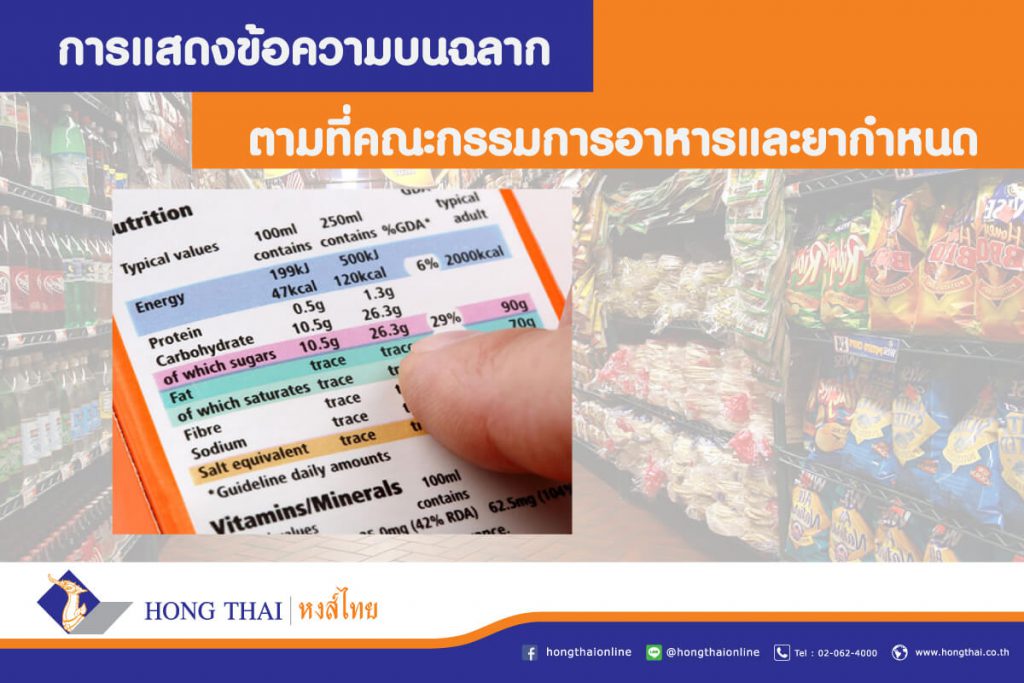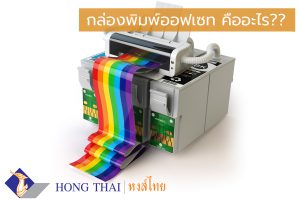Food labels attached to paper boxes, corrugated boxes, frozen food packaging, or ready-to-eat meals not only serve to communicate product information and details to consumers but must also comply with the regulations set by the Food and Drug Administration (FDA).
Labeling Requirements as Mandated by the FDA
In general, the text displayed on consumer product labels, whether on paper boxes, corrugated boxes, or food and beverage packaging, may be in Thai or English. However, it must include the following information as required by the FDA:
1. Name of the food product
2. Food registration number or food label registration number
3. Name and address of the manufacturer or distributor
4. Quantity of food: For dry food in solid or powdered form, net weight must be specified. For liquid food, net volume must be displayed. For semi-liquid and semi-solid foods, either net weight or net volume may be shown. Other forms of food should be labeled with net weight.
5. Ingredient details, listed in descending order by percentage
6. Date of manufacture and expiration date
7. Storage instructions
8. Preparation and consumption instructions
9. A statement indicating “Preservatives used” if preservatives are included
10. Declaration of synthetic or natural food coloring used
11. Specification of food additives when used
12. Usage instructions and consumer age group restrictions
13. Indication of artificial flavors or scents used
14. Specific warnings mandated by the FDA for certain foods, such as “Not for consumption” or “Not for infant feeding”
Key Principles of Effective Label Design for Business Success
Product labels on food and beverage packaging, paper boxes, corrugated boxes, or other packaging types not only provide essential product information but also serve as an indirect marketing tool. A well-designed label enhances brand recognition and can attract customers. The key design principles include:
1. Ensuring the label contains all required information as mandated by the FDA
2. Using clear, legible fonts with colors that complement the product type
3. Choosing distinct fonts for Thai and English text to improve readability and enhance communication
4. Organizing text layout neatly, ensuring proper spacing and logical information hierarchy
5. Incorporating artistic and relevant imagery that aligns with the product
Labeling is a legal requirement, but businesses that understand its importance can leverage label design to enhance brand identity and attract customer interest. By strategically designing product labels for food and beverage packaging, paper boxes, corrugated boxes, or other packaging types, businesses can boost brand recognition without additional marketing costs, ultimately benefiting their overall success.






